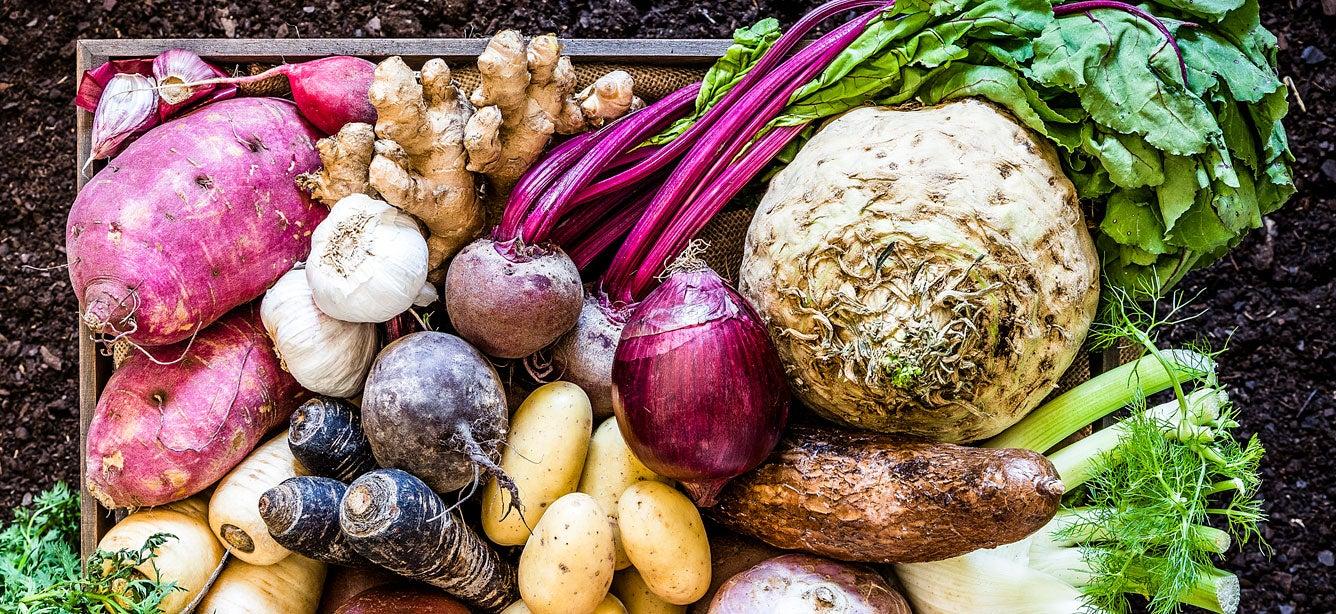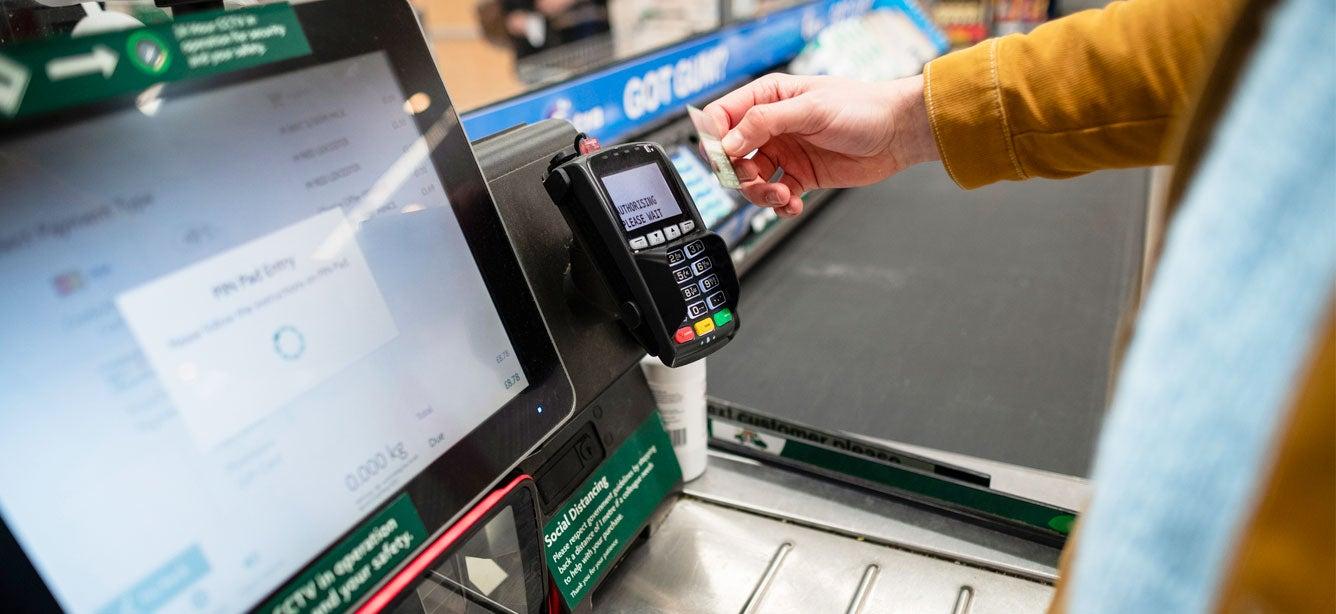
Related Topics
Chances are, you’ve heard of the Supplemental Nutrition Assistance Program (SNAP)—even if you know it by a different name, like food stamps. Administered by the United States Department of Agriculture (USDA), this important program helps income-eligible families and adults buy the nutritious food they need to stay healthy on a budget.
Many older adults may not believe they’re eligible for SNAP benefits; this is a common misconception. In fact, as we’ve previously reported, as many as 3 out of 5 qualifying older adults aren’t enrolled in the program. This means that close to 5 million people are missing out on key financial assistance that can make a real difference in their day-to-day lives. Could you be one of them?
The SNAP income limits for 2025 may surprise you. And, thanks to recent updates to the way benefits are calculated, recipients enjoy more purchasing power than ever before. Read on to learn more about the requirements for 2025 and how you can apply.
Who qualifies for SNAP benefits?
SNAP considers the size of your household, defined as “everyone who lives together and purchases and prepares meals together,”1 when calculating your eligibility and potential benefits. This is true even if some people, including spouses and children under the age of 22, share their living space but buy their own food.
The federal government sets the overall rules for SNAP, including the highest income for food stamp eligibility. That said, it’s important to know each state designs its own SNAP application process and individually manages its own program. SNAP benefit amounts can vary by state, too.
To determine whether you qualify, and what your specific benefits may be, you’ll need to start with your local SNAP office. We can help you with that—which we’ll get to a little further down.
Finally, income eligibility standards change annually as part of SNAP’s cost of living adjustment (COLA). It’s always worth checking whether you might qualify this year, even if you didn’t previously.
What are the SNAP income guidelines for 2025?
How much money can you make and still be eligible for food stamps? If you're an adult over the age of 60 and/or you live with a disability, your household generally must meet the following two conditions when applying for SNAP:
- Your net income is less than or equal to the federal poverty line (FPL).
- Your assets amount to $4,500 or less.
See the chart below for 2025 SNAP income limits for the period of Oct. 1, 2024 through Sept. 30, 2025.
SNAP Income Limits | ||
|
Household Size |
|
|
|
1 |
$1,580 |
$1,215 |
|
2 |
$2,137 |
$1,644 |
|
3 |
$2,694 |
$2,072 |
|
4 |
$3,250 |
$2,500 |
|
Each additional member |
+$557 |
+$429 |
Your net income is your gross income minus any allowable deductions. For fiscal year 2025 (Oct. 1, 2024 – Sept. 30, 2025), a two-member household with a net monthly income of $1,704 (100% of poverty) might qualify for SNAP.
It's important to keep in mind that a variety of allowable deductions, including those for excess medical expenses, can help you meet the net income test. In addition, many assets—such as your home, if you own one—don't count toward the $4,500 limit.
If this sounds confusing or intimidating, don’t worry; each SNAP office employs experts whose job it is to help you understand the rules and requirements. And don’t let it prevent you from checking whether or not you qualify, either. At the bottom of this article, we’ll direct you to our free resource that will help you or someone you know navigate the SNAP application process.
In addition to SNAP income limits, the program also limits how much in assets you can have. Assets are "countable resources" like cash, money in a bank account, and certain vehicles. Most households may have $3,000 in countable resources and still be eligible for SNAP. You may have $4,500 in countable resources if at least one member of your household is age 60 or older or has a disability.
Many assets—such as your home, if you own one—don't count toward the SNAP resource limit.
What if I live with my children or other family members? Am I still eligible for SNAP?
You could be. Under special program provisions, you (and your spouse, if applicable) may qualify as a separate household if you’re over the age of 60 and unable to purchase or prepare your own meals because of a permanent disability. Collectively, the remaining members of your household will still need to meet SNAP income limits.
What about D-SNAP income limits?
The Disaster Supplemental Nutrition Assistance Program (D-SNAP) helps people who have suffered financial hardship due to a natural disaster. Similar to traditional SNAP, it provides electronic food benefits for households that need extra help. And, like regular SNAP, people applying to D-SNAP must meet certain income and asset requirements. Learn more about the program and D-SNAP income limits here.
Should I apply for SNAP? And what can I buy with SNAP benefits?
Nutritious meals are key to maintaining good health as we age. At the same time, quality food is expensive, and can be difficult for many older adults to afford.
Seventy-five-year-old Ms. Smith can attest to that. Before enrolling in SNAP, “I was unable to pay for groceries and often had to go to food pantries for extra help,” she said.
She worried she wouldn’t have the food she needed. That's why getting approved for renewed SNAP assistance was welcome news for Ms. Smith. She told us,
“When I learned I could renew my SNAP benefits online, I was overjoyed,” Ms. Smith said.
That’s why, if you think you might qualify for SNAP assistance, you should apply. Nationally, more than 26% of participating SNAP households includes adults over the age of 60, which means you’re not alone.
The average SNAP benefit for older adults is $188 per month2—which you can use to purchase fresh, healthy foods and non-alcoholic beverages at supermarkets, convenience stores, and even some farmers’ markets.
By making it easier to eat healthfully, SNAP can also help you maintain your well-being and independence in many important ways.
Where can I get help understanding my eligibility and how to apply?
You can find all the information you need at BenefitsCheckup.org.
Whether you’re interested in learning more about SNAP for yourself or an older adult you care for, we encourage you to take the next step. We’ll be here to help you do it.
Sources
1. USDA. Who is in a SNAP household? Found on the internet at https://www.fns.usda.gov/snap/recipient/eligibility
2. USDA. Characteristics of Supplemental Nutrition Assistance Program Households: Fiscal Year 2023. April 2025. Found on the internet at https://fns-prod.azureedge.us/sites/default/files/resource-files/snap-FY23-Characteristics-Report.pdf




